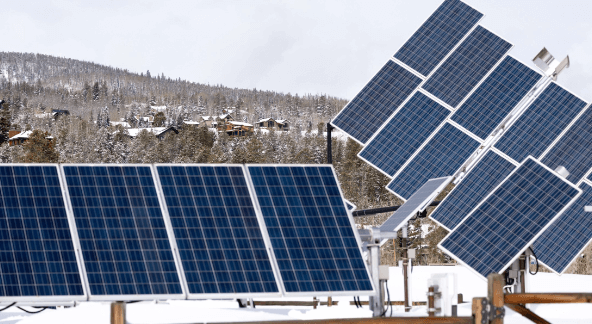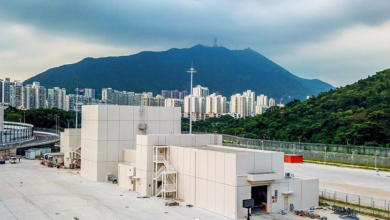Top Trends in Commercial Solar Technology for 2024

Are you interested in the latest developments in renewable energy? What new technologies are shaping the future of sustainable business practices? As we move halfway into 2024, the focus on harnessing solar energy is becoming more pronounced. This shift towards cleaner and more efficient energy solutions is transforming how businesses use and benefit from sunlight.
One key area driving this transformation is commercial solar technology. Innovations in this field are not only enhancing energy efficiency but also offering new ways to integrate and manage solar power. Understanding these advancements can help businesses make informed decisions about their energy strategies.
Enhanced Efficiency with Bifacial Panels
One of the most promising trends is the use of bifacial panels. Unlike traditional panels that capture sunlight on one side, bifacial panels can absorb light on both sides, significantly increasing the energy output. This advancement is particularly beneficial for businesses with limited roof space, as it maximises the power generated from a smaller area.
Energy Storage Solutions
Storing energy for use during non-sunny periods has always been a challenge. However, 2024 brings advanced storage solutions that make it easier to manage and utilise captured sunlight effectively. High-capacity batteries are now more affordable and efficient, allowing businesses to store excess energy for use during peak hours or at night. This capability not only ensures a constant supply but also helps in managing costs more effectively.
Smart Grid Integration
Another exciting trend is integrating solar systems with smart grids. Smart grids enable real-time monitoring and management of energy usage, leading to greater efficiency. Businesses can optimise their consumption patterns, reduce waste, and even sell excess power back to the grid. This interconnected approach ensures a more balanced and sustainable energy landscape.
AI and Machine Learning in Solar Management
Artificial Intelligence (AI) and Machine Learning (ML) are transforming how businesses manage their solar systems. These technologies enable predictive maintenance, optimise performance, and provide insights into energy consumption patterns. By analysing data, AI can suggest adjustments to improve efficiency and reduce downtime, making the overall system more reliable and cost-effective.
Transparent Solar Panels
Imagine windows that generate electricity. Transparent panels are becoming a reality and represent a significant breakthrough in the field. These panels can be integrated into building materials like windows and facades, allowing businesses to generate power without compromising aesthetics. This innovation opens up new possibilities for urban environments where space is at a premium.
Trends in Installation Techniques
Solar systems’ installation methods are also evolving. Innovative techniques are making installations quicker and more cost-effective. Prefabricated systems, for example, reduce the time required for setup, minimising disruptions to business operations. Additionally, advanced mounting solutions ensure that panels are securely installed, enhancing their longevity and performance.
Government Incentives and Support
Governments worldwide recognise the importance of renewable energy and offer incentives to businesses that adopt solar technologies. These incentives can take the form of tax breaks, grants, or subsidies, making it more financially viable for companies to invest in renewable energy. Staying informed about these incentives can help businesses take full advantage of the available support.
Looking Ahead
The future of commercial solar technology is bright and full of potential. As we move forward, continuous advancements are expected to make these systems even more efficient and accessible. Innovations in materials, design, and management will keep driving the industry forward, ensuring that businesses can harness renewable energy in the most effective way possible.
Commercial solar technology is undergoing a transformative phase in 2024. This brings a range of exciting trends that promise to enhance efficiency and sustainability. As companies continue to adopt these technologies, the benefits of reduced costs and increased sustainability will become even more apparent. This will solidify the role of solar power in the future of energy.



